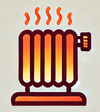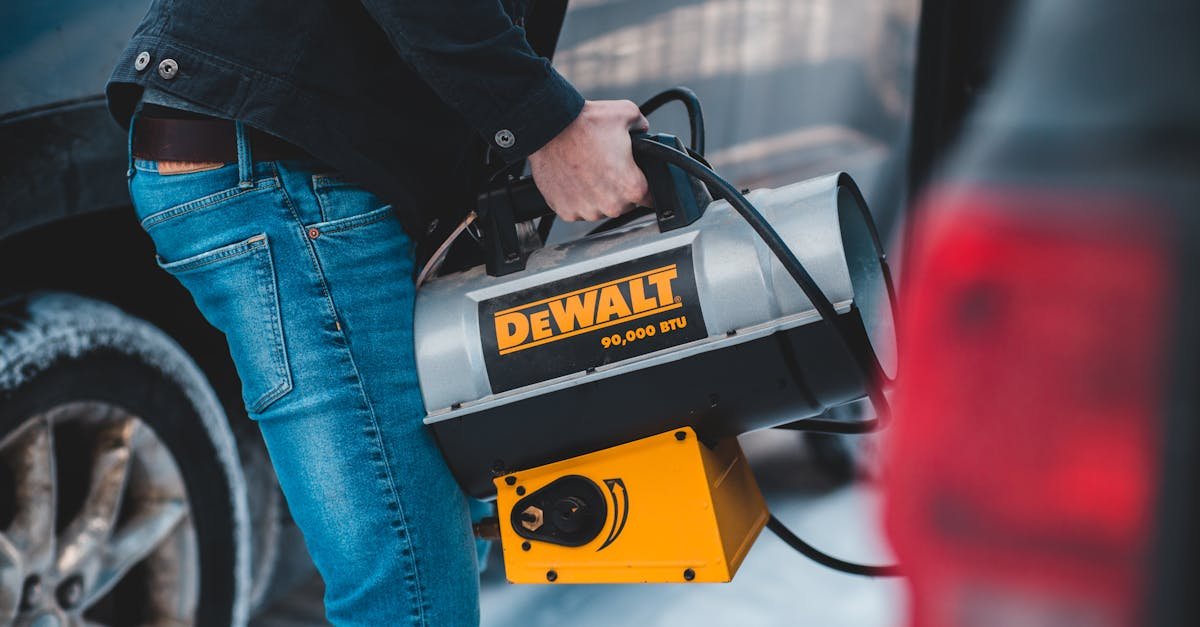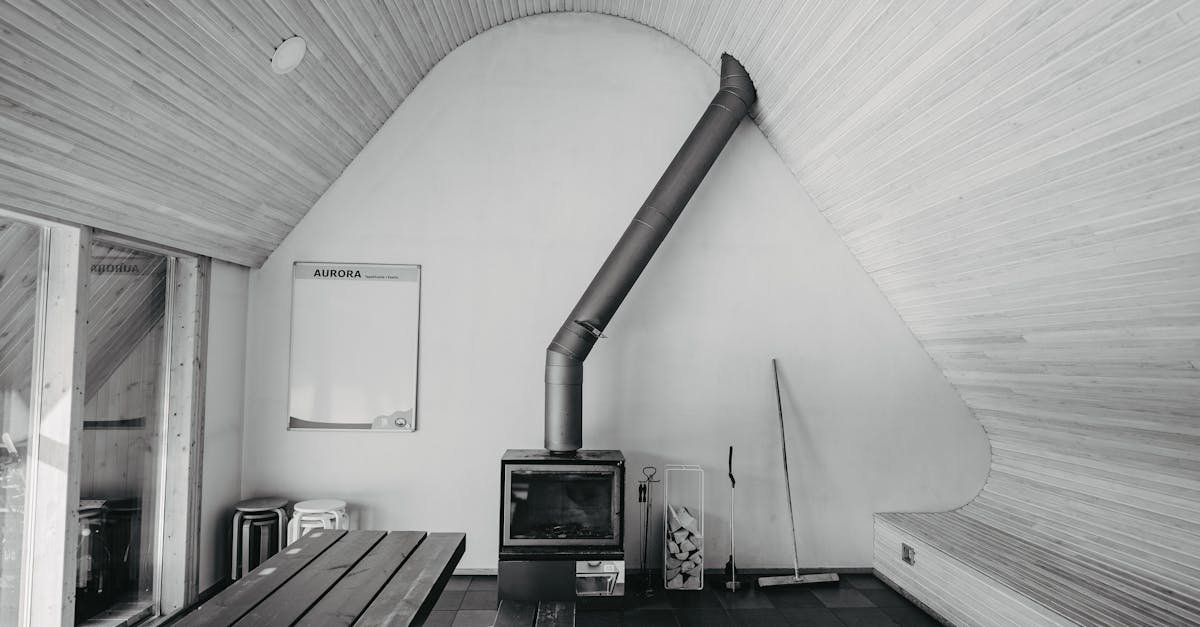To store your propane heater for winter, first ensure it’s completely cool and disconnected from the propane tank. Next, clean it thoroughly to remove any dust or debris. Finally, cover it with a weather-resistant tarp or store it in a dry, sheltered area to protect it from moisture and extreme temperatures.
Following these steps will help extend the life of your heater and ensure it’s ready for use when winter returns. Proper storage not only keeps your equipment in top shape but also enhances safety by reducing the risk of leaks or damage.
Understanding Propane Heater Winter Storage
Proper storage of your propane heater during winter is vital. It ensures safety and prolongs the life of your equipment. Follow these guidelines to get the best results.
Importance of Proper Storage
Proper storage ensures:
- Safety: Always disconnect your heater from the gas supply before storage. This step prevents accidents like fires or gas leaks.
- Maintenance: Cleaning your heater before storage keeps it in good condition. Remove dust and debris, then replace plastic caps over the fittings. A clean heater functions better next season.
- Durability: Protect your heater from rain, snow, and extreme temperatures. Using a patio heater cover or storing it in a sheltered area prevents rust and damage.
Risks of Improper Storage
Improper storage may lead to:
- Accidents: Neglecting to turn off the gas or storing in unsuitable areas increases the risk of fires and leaks.
- Wear and Tear: Leaving your heater exposed to harsh weather can cause rust and mechanical failures. This step shortens its lifespan and may lead to costly repairs.
- Functional Issues: Dust and moisture can build up, leading to operational problems when you try to use your heater next winter. This can leave you without heat when you need it most.
Ensure you follow these guidelines for safe and effective propane heater winter storage.
Preparing Your Propane Heater for Storage
Properly preparing your propane heater for winter storage ensures safety and longevity. Follow these steps for effective storage.
Cleaning the Heater
Clean the heater thoroughly before storing it. Remove any foreign objects, including spider webs or small animal nests. Debris can create fire hazards during use. Use a damp cloth to wipe down all surfaces. Allow it to dry completely. This step helps prevent rust and ensures better performance when the heater is used again.
Ensuring Fuel Safety
Disconnect the heater from the gas supply. This is a vital safety measure. It prevents accidental gas leaks or fires during storage. After disconnecting, ensure the gas line is capped. Always store the propane tank separately from the heater. Keep it in an upright position in a well-ventilated area, away from heat sources. Taking these steps minimizes safety risks associated with fuel storage.
Best Practices for Storing Propane Heaters
Proper storage of propane heaters during winter is key for safety and performance. You need to consider the storage location and the environment surrounding the heater.
Ideal Storage Location
- Outdoor Storage: When storing outdoors, pick a spot shielded from wind, rain, and snow. Use a cover for the upper unit. A covered patio or a shed is even better for protection[3].
- Indoor Storage: For indoor storage, choose a cool, well-ventilated area. Options include a garage or a detached shed. Stay clear of flammable materials and tools, and avoid direct sunlight[4][5].
- Temperature: Store propane tanks and heaters within a safe temperature range. Avoid temperatures above 120 °F (49 °C) and below -40 °F (-40 °C). This range keeps your equipment safe and intact[4][5].
Following these practices enhances safety and extends the life of your propane heater.
Safety Tips for Winter Storage
Storing your propane heater and tank safely during winter is crucial for your safety and the longevity of your equipment. Adhere to the following tips to ensure proper storage.
Storage Location
- Store propane tanks outdoors in well-ventilated areas. Avoid storing them in homes, basements, or garages.
- Keep tanks away from flammable materials and heat sources.
- Ensure the storage location is level and free of water to reduce explosion risks.
Tank Position and Condition
- Position propane tanks upright at all times. This prevents leaks and enhances safety.
- Use stabilizers to secure the tank and keep it off the ground.
- Inspect tanks, valves, and hoses for tears or leaks. Use ammonia-free soapy water for leak detection.
- Keep propane tanks easily accessible. Clear any obstacles to ensure quick access in case of emergencies.
- Clearly mark the storage area. Use signage to indicate the presence of propane tanks and the need for caution.
Conclusion
Proper winter storage of your propane heater and tank is crucial for safety and longevity. By following the recommended steps for cleaning and protecting your equipment, you can prevent potential hazards and ensure it functions effectively when you need it most.
Always prioritize safety by storing tanks upright and in well-ventilated areas away from heat sources. Regular inspections and maintenance will keep your heater in top shape and ready for use.
Taking these precautions not only extends the life of your propane heater but also gives you peace of mind during the winter months. Stay safe and enjoy the warmth your heater provides when the cold sets in.








